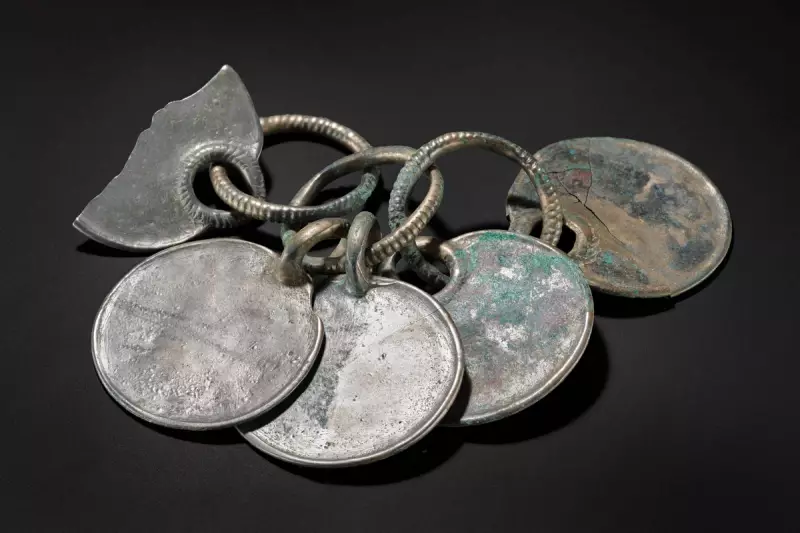
In a remarkable discovery that's sent shockwaves through the archaeological community, an amateur metal detectorist has uncovered an exceptionally rare Bronze Age silver hoard in the Scottish Borders countryside near Peebles.
The find, described by experts as "nationally significant," consists of a silver ribbon torc and a coiled silver bracelet dating back approximately 3,000 years. What makes this discovery particularly extraordinary is the presence of silver—a metal previously thought to be virtually unused in Britain during this period.
A Chance Discovery That Changes History
Metal detecting enthusiast Mariusz Stepien made the incredible find while scanning a field in June 2020. "I was shaking with happiness," Stepien recalled. "I knew immediately I might have found something significant."
Rather than remove the objects, Stepien did exactly what archaeologists hope all finders will do—he immediately contacted the Scottish Archaeological Finds Allocation Panel and camped on site for 22 days while experts conducted a full archaeological excavation.
Rare Silver Challenges Historical Assumptions
Dr. Emily Freeman, head of Scotland's Treasure Trove Unit, emphasized the importance of the discovery: "This hoard is particularly significant because silver is exceptionally rare from this period. It's forcing us to reconsider the technological capabilities and trading networks of Bronze Age Scotland."
The objects were found alongside a decorated gold torc and a bronze arm-ring, all buried together in what appears to have been a single event around 1000-800 BC.
What the Hoard Reveals About Ancient Scotland
The presence of silver suggests:
- Sophisticated metalworking techniques previously unknown for this period
- Possible long-distance trade connections with continental Europe
- Greater social complexity and wealth than previously documented
- Advanced understanding of metal extraction and purification
Archaeologists believe the objects were likely buried as a ritual offering or for safekeeping, never to be retrieved by their original owners.
Preserving Scotland's Ancient Heritage
The discovery has undergone extensive conservation work and analysis at the National Museums Collection Centre in Edinburgh. Now fully conserved, the Peebles Hoard offers a tantalizing glimpse into Scotland's distant past and represents one of the most important Bronze Age discoveries in recent memory.
Under Scottish law, the find will be allocated to a Scottish museum, ensuring this remarkable piece of history remains accessible to the public and future generations of researchers.




